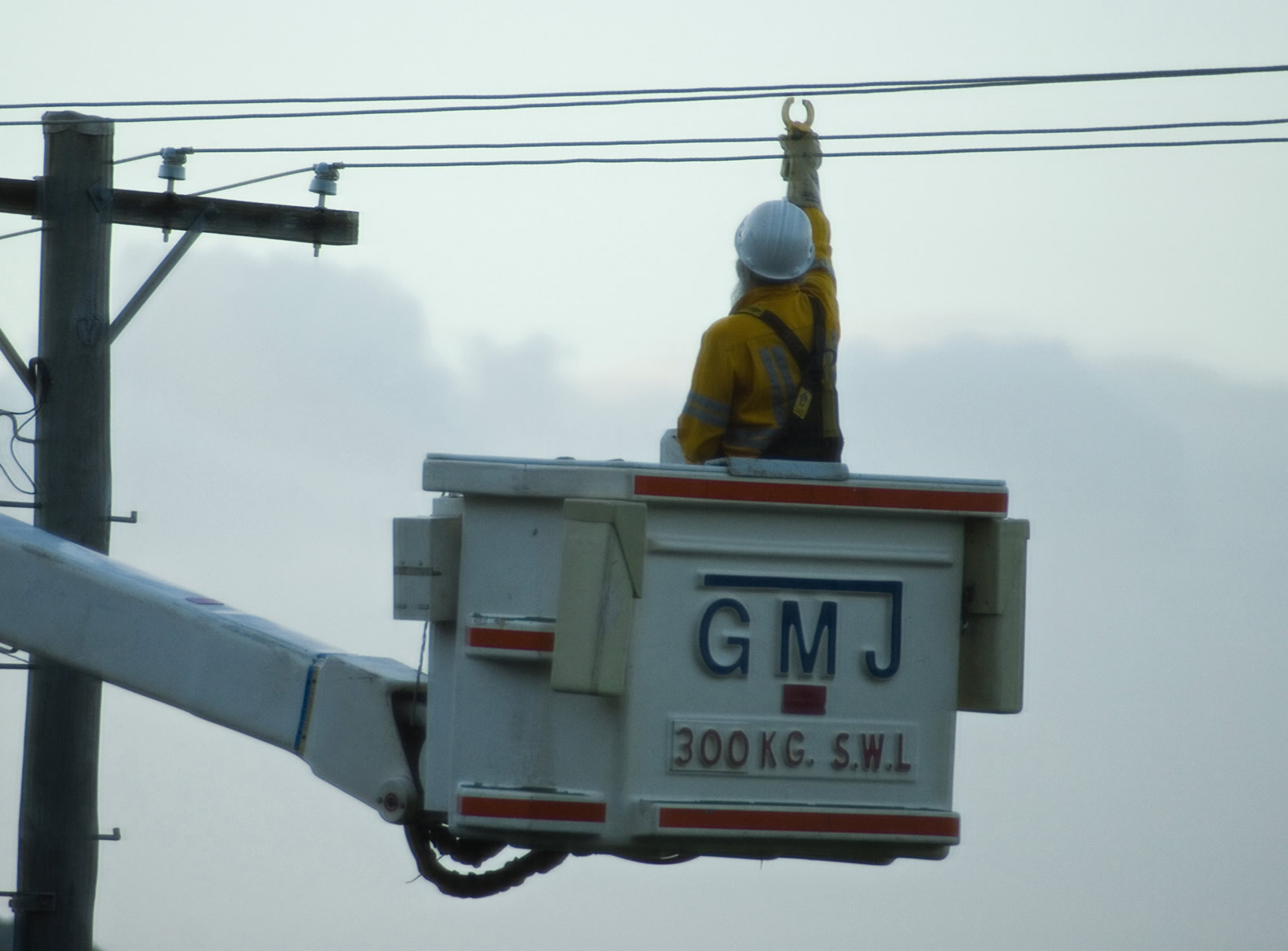Ensuring the safety of lone workers is an imperative that cannot be understated. With the increasing prevalence of remote work and occupations that require employees to operate in isolated environments, the need for robust safety measures is paramount.
Lone workers face a unique set of challenges and hazards, ranging from potential accidents and injuries to the increased vulnerability of being in remote or hazardous locations. It is the responsibility of employers to prioritize the well-being of these individuals by implementing comprehensive safety protocols, providing appropriate training and equipment, and leveraging technological lone worker safety solutions that enable swift response and assistance in case of emergencies.
Without the immediate presence of colleagues or a support network, lone workers may be exposed to dangerous situations without timely intervention. In remote areas, the ability to communicate and summon help becomes even more crucial. Therefore, employers must recognise the importance of developing comprehensive safety plans that take into account the unique circumstances faced by lone workers, such as ensuring clear lines of communication, providing reliable personal safety and communication equipment, and establishing protocols for emergency response.
Lone Worker Safety Alarms
While it is commonly understood that employers are obligated to provide lone workers with necessary safety training and protective gear then, there is the clear additional need to equip them with means to call for help or raise an alarm in case of emergencies. Lone worker alarms therefore play a critical role in enabling employees to seek assistance when faced with danger or potential threats, as it may be their only available means of communication.
While regular mobile phones can be used by employees, they may not always be practical in certain situations and it is obvious when they are being used. Conversely, specialised lone worker alarms are discreet, portable devices that can go unnoticed, yet they possess advanced features to protect and support lone and remote workers in various environments.
One example of a lone worker safety solution currently available in the market is a mobile communications device designed to resemble an identity card holder. This cleverly designed device allows users to discreetly operate it if they feel unsafe while being inconspicuous and comfortable to wear.
Such compact yet powerful devices enable discreet video and audio recording or transmission to remote observers who can assess the situation and communicate with the wearer. Additionally, the user can trigger various alarms without alerting others.
Furthermore, these lone worker safety alarms can now incorporate quite advanced GPS tracking capabilities, enabling swift location and assistance even in remote areas where communication is limited. This information can help to guide emergency services to any incident too.
Certain lone worker alarms also include “Man down alarm” features that automatically raise an alert aqnd call for assistance if an employee falls or sustains an injury that renders them unconscious or unable to seek help.
Conclusion
In addition to the moral obligation to protect the well-being of lone workers, there are legal and regulatory considerations that reinforce the need for safety measures. Organisations are typically bound by occupational health and safety regulations that mandate the provision of a safe working environment for all employees. Neglecting the safety of lone workers can result in legal consequences, financial liabilities, and reputational damage. By prioritizing the safety of these individuals and implementing appropriate safeguards, as well as making use of the latest technology, in the form of lone worker safety devices, employers can demonstrate their commitment to employee welfare and mitigate potential risks, fostering a positive work environment built on trust, security, and well-being.
















